De afgelopen tijd correspondeerde de Schaakridder met IM Erik Kislik, een Amerikaan woonachtig in Hongarije, voor een interview. Dit keer is het interview anders dan gebruikelijk. Aangezien Erik Kislik uitgebreide en mooie verhalen als antwoord gaf, is het interview in drie delen opgedeeld. Deze week deel twee van drie en volgende week zaterdag komt het derde en laatste deel online. Ook dit deel van het interview is in het Engels. Hieronder volgt het vervolg op het interview met IM Erik Kislik.
5. You are an expert in opening moves and even grandmasters use your know-how. Which Grandmasters are they and what are the results when using your expertise as an opening helper?
I have helped Grandmasters like Tomi Nyback, Vallejo Pons, Eltaj Safarli, and countless others. Tomi Nyback won a key game as White against Peter Svidler in the World Cup in a variation I suggested to Tomi 30 minutes before the game. That was hilarious to watch. How could my Kruppa Variation line take down the world’s best expert in the Grunfeld? Vallejo is a genius in his own right, and I take no credit in any way for any of his accomplishments since they are his own, although my best success with him was when I told him to play a rare line of the QGD Vienna with Black against Kramnik and we analyzed an infrequently played concept for a few hours before the game, leading to him beating Kramnik in a complex struggle. Being there watching on the sidelines as you coach a player beat Svidler as White in the Grunfeld and beat Kramnik as Black is an amazing feeling. Eltaj Safarli won a beautiful quick knockout as Black against Wesley So in a variation I had deeply analyzed with him as well. It has been an honor and a privilege to be a part of these experiences. The way I look at it is simple: if you organize your work carefully, check every available source (including correspondence games), update it regularly with critical ideas, and save everything you do in neat, condensed opening files, your work will be of a very high quality and useful for even a player in the top 5 in the world. So few players are actually this systematic and organized, that you will be at the top of the heap in analytical quality. Nowadays, I have re-checked all of my work with Leela Chess Zero, since it often gives different evaluations than the typical Stockfish and Komodo traditional engines do.
6. You became a trainer by applying your know-how to grandmasters. Can every chess player consult you, and if so, how?
It was sort of an accident how I became a trainer in 2012. Players in tournaments wanted my help preparing openings and analyzing their games, so I worked with a lot of players in the 2200 to 2300 range, while also working with some players who were seasoned International Masters. I began coaching two FIDE Masters who blossomed into strong International Masters. Then in 2013, Grandmaster Davor Palo started studying training positions I sent him, as well as looking at opening files I had. He liked the evaluation exercises I sent him and found my analysis to be deep and full of new ideas, so he hired me to be his trainer at the 2013 Danish Championship and at one other tournament. Amazingly, against all odds, he got phenomenal pairings and won both tournaments. As a coach, I did the absolute maximum to fully prepare him for both events, make sure his opening repertoire was tight and well-worked out and that he was evaluating all of the typical positions that may occur correctly (or as well as we can at least). We put in the most work we could squeeze in at short notice, and he got the best possible result, as well as winning the Danish Team Championship. It was unbelievable that he took 8 years off from chess, came back to the game, and won the Danish Individual and Team
Championships. In such cases, all I can do is try to push everything to the limits and help him in every area I can. In these cases, it worked out perfectly, but you can never predict the results, so you just try to put in the maximum effort possible and be as systematic and professional as you are able to. Besides the pure chess side of things, we also went on walks and lifted weights during these tournaments, which helped take some stress off of his mind. With other Grandmasters I contacted, the response I got was almost always the same. They told me no one had contacted them about coaching them or seconding them before, and many of them were open to it. Unfortunately, I need to direct my time and energy somewhere, and it can only be spent on a few people at once, so I decided which players I enjoyed coaching the most and worked for them. If you coach a lot, 90% of the time, nothing happens, but the other 10% of the time there are major successes, to the point where people think everything you touch is gold. That is not how it is, but I think it is just that there are so few professional coaches out there, with so few students at a time, that we rarely hear about any coaching successes in general. As for my availability, every chess player can consult me, and I am easy to reach because I am on every platform. I can be found on lichess, ICC, or chess.com, as well as Twitter, but my YouTube page and email are the easiest way to reach me.
7. You are active on YouTube. What other channels are you active on?
I would like to be as active as possible on every platform, not only to share instructive examples and concepts, but also to make up for the slack of so many chess coaches and trainers having essentially no online presence on YouTube, a blog, or chess servers. I plan to expand my YouTube channel a lot (with a free course and free opening repertoire, as well as interviews), to have a blog on chess.com on important chess topics, and to make posts about interesting new chess games on Twitter. I also like to write articles for CHESS Magazine, which has the wonderful Richard Palliser as editor. I also hope to put up some courses on Chessable when I find the time to do so. I was on the Perpetual Chess Podcast and Dan Lucas’s Chess Stories podcast, but besides that I have been working behind the scenes just with my students.
8. Gambit publishes your chess books. How good is your relationship with them?
My relationship with Gambit is good. I had no connection to them before asking to do Applying Logic in Chess with them. They were very kind and gracious, while also forgiving with time allowances at the start. I made a lot of mistakes with handling my time and getting work done in time with a full load of students, but over time I became more and more disciplined. I think that Gambit does a very professional job, and I was surprised by some of the detailed analysis that was sent back to me by the editor on some of the games and excerpts I had analyzed in my books. In one instance, the editor found a mouth-watering rook sacrifice while editing the first book that was so deep that it almost merited an example of its own. I did not know that everything was going to be checked so deeply, and I found that very pleasing and reassuring. In one instance, a critical position was analyzed out to depth 50 overnight by the editor. All in all, I am really happy with how the books turned out, and the Kindle editions have no problems I have identified (they are a common concern for problems with chess books).
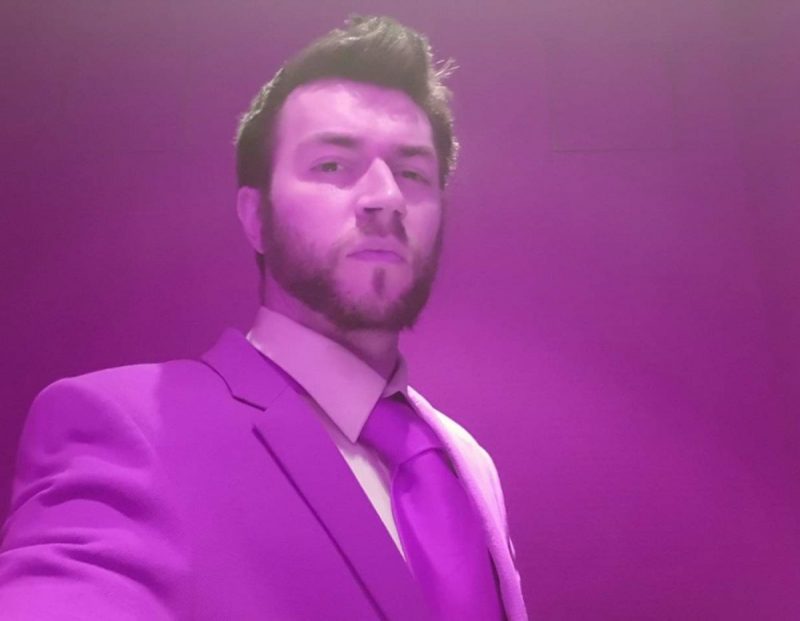
Eindredactie: Anthony van Driel
Interview: Martin van Driel
Foto: Facebookpagina Erik Kislik
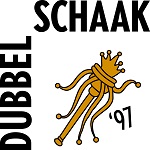
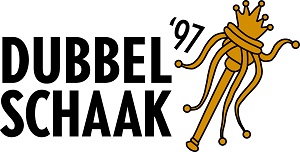
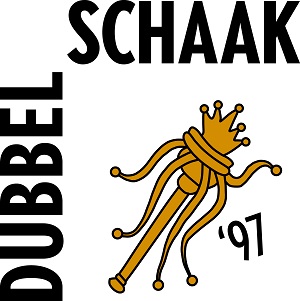
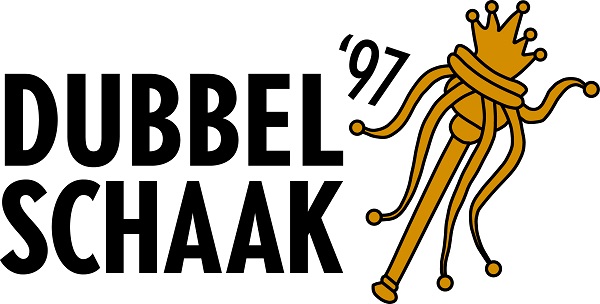
Laat een reactie achter